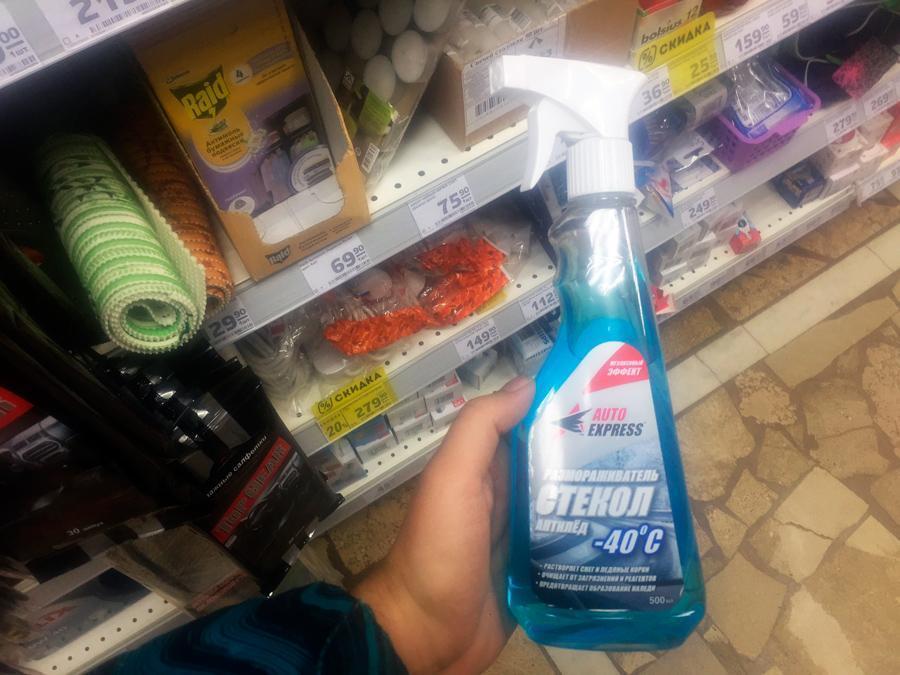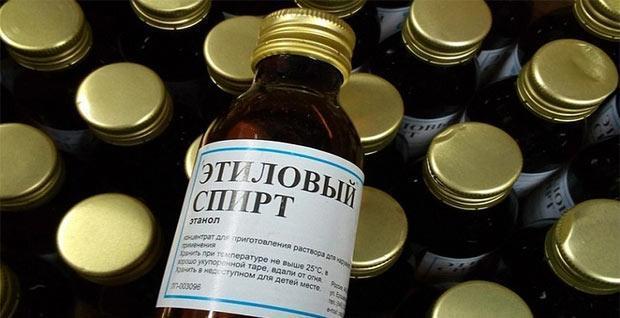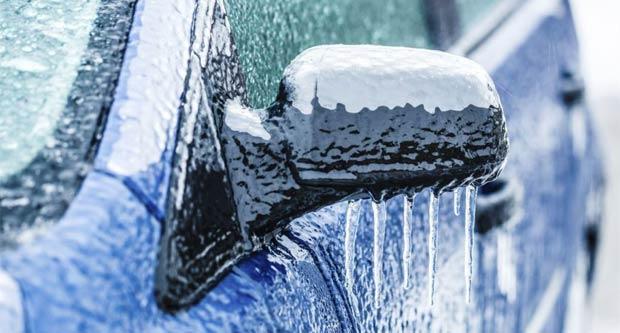
How to make a glass defroster?
Alcohol glass defroster
Let's start with alcohol products, as they are traditionally considered the most effective and safe in relation to various car surfaces (plastic, rubber, paintwork). They practice two methods of preparing glass defrosters with their own hands.
- A mixture of alcohol with ordinary tap water. An easy-to-prepare composition. Depending on the ambient temperature, mixing is carried out in two proportions: 1 to 1 (at frosts from -10°C and below), or 2 parts of water and one part of alcohol (at negative temperatures down to -10°C). You can also use pure alcohol, but it is quite expensive. Alcohol is used by any of the available ones, from technical methyl to medical. However, when working with methyl alcohol, you should be extremely careful and use such a defroster only in the open air and then be sure to let the car dry. Vapors of methyl alcohol are poisonous.


- A mixture of anti-freeze and alcohol. The usual non-freeze has an insufficient concentration of alcohol. Therefore, to enhance the effect of defrosting, it is most effective to create a mixture of alcohol and anti-freeze washer fluid in a ratio of 2 to 1 (one part anti-freeze, two parts alcohol). Such a composition works effectively up to a temperature of -20 ° C.
The above products are best used through a spray bottle. But you can simply pour glass from any container, but in this case, the consumption of funds will increase significantly.


Salt glass defroster
Some motorists practice the manufacture of a glass defroster based on a conventional saline solution. Table salt is mixed with water. It is important to understand here that the more concentrated the composition is, the higher the efficiency of the defroster will be.
"Antiled" based on ordinary table salt is prepared at the rate of 35 grams of salt per 100 ml of water. For reference: about 30 grams of salt is placed in a tablespoon. That is, 100 ml of water will require a little more than one tablespoon of table salt. This is the near-limit proportion at which table salt is able to dissolve in water without sediment. If you increase the proportion of salt, then it will not be able to dissolve and will fall to the bottom of the container with the composition in the form of a precipitate.


Salt solution works well down to -10°C. With a decrease in temperature, the efficiency of such a glass defroster drops sharply.
The main disadvantage of a salt defroster is the formation of white deposits on car parts and the acceleration of corrosion in existing foci. It is especially dangerous to use brine on vehicles that already have paint blistering or open rust on the body surfaces.


Watch this video on YouTube